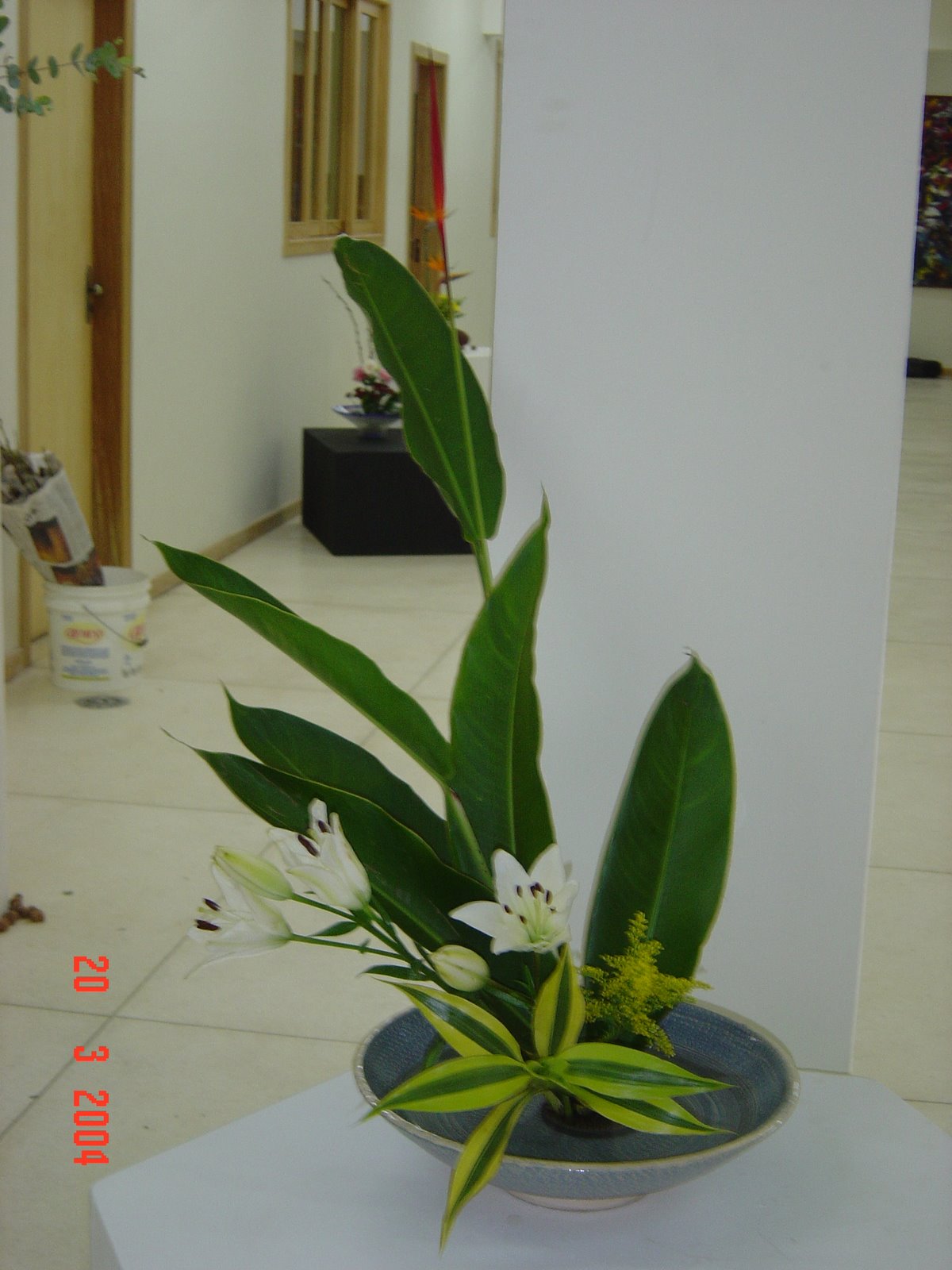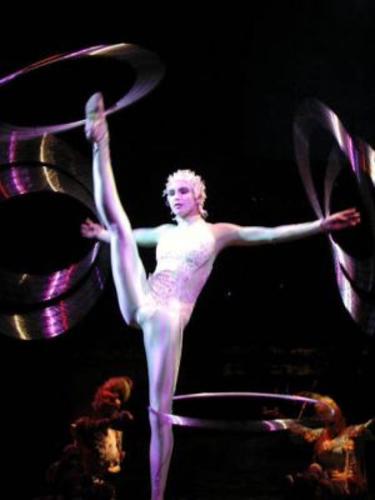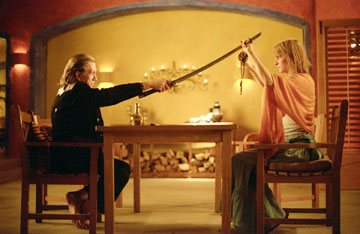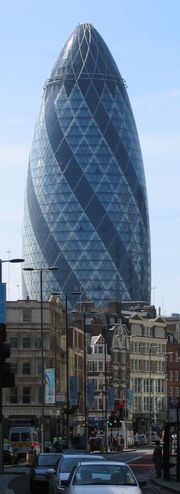Sir Peter Cook (born in 1936 in Southend, Essex) is a notable English architect, teacher and writer about architecture.
From 1953 to 1958, he studied architecture at Bournemouth College of Art, and then moved to the Architectural Association School of Architecture in London, graduating in 1960. He later returned to the AA as a teacher.
While working in the office of James Cubitt & Partners, Cook was one of the founder members of the influential Archigram group in the 1960s. In 1969 he received a grant from the Graham Foundation for work done with Archigram.
He was Director of the Institute of Contemporary Arts in London, from 1970 to 1972.
He was appointed Life Professor at the Staedelschule (Art Academy) of Frankfurt in 1984, helping establish its reputation as one of the leading German architecture schools.
He later (1990) became Professor of Architecture at The Bartlett School of Architecture, University College London, a position from which he retired in 2005.
In 2002, Royal Institute of British Architects awarded Archigram the Royal Gold Medal for architecture. In 2004, he was shortlisted for the Stirling Prize with Colin Fournier for the Kunsthaus Graz. In 2007, he was made a Knight Bachelor in the Queen's birthday honours.
The Kunsthaus Graz, Grazer Kunsthaus, or Graz Art Museum was built as part of the European Capital of Culture celebrations in 2003 and has since become an architectural landmark in Graz, Austria. Its exhibition program specializes in contemporary art of the last four decades.
Its unusual form differs radically from conventional exhibition contexts, many of which maintain the traditions of the modernist "White Cube". The team of architects used an innovative stylistic idiom, known as blob architecture within the historical ambiance of the Murvorstadt. Thus, the gigantic building affectionately called the "Friendly Alien" by its creators Peter Cook and Colin Fournier, in form and material, stands out consciously against the surrounding baroque roof landscape with its red clay roofing tiles but nevertheless integrates the façade of the 1847 iron house.
Concept
Architecture, Design, new media, InterNet art, film, photography. Art in all its manifestations are united under one roof. The Graz Art Museum was developed as an institution to stage international exhibitions of multidisciplinary, modern and contemporary art from the 1960s to the present day. It doesn't collect, maintains no permanent exhibitions, has no permanent depot at its disposal and no research establishments. Its exclusive purpose it to present and procure contemporary art productions. The Graz Art Museum implements an innovative concept, which offers various possibilities in its galleries to fulfill the high curatorial requirements of contemporary exhibitions.
fonte wikipédia













Nenhum comentário:
Postar um comentário